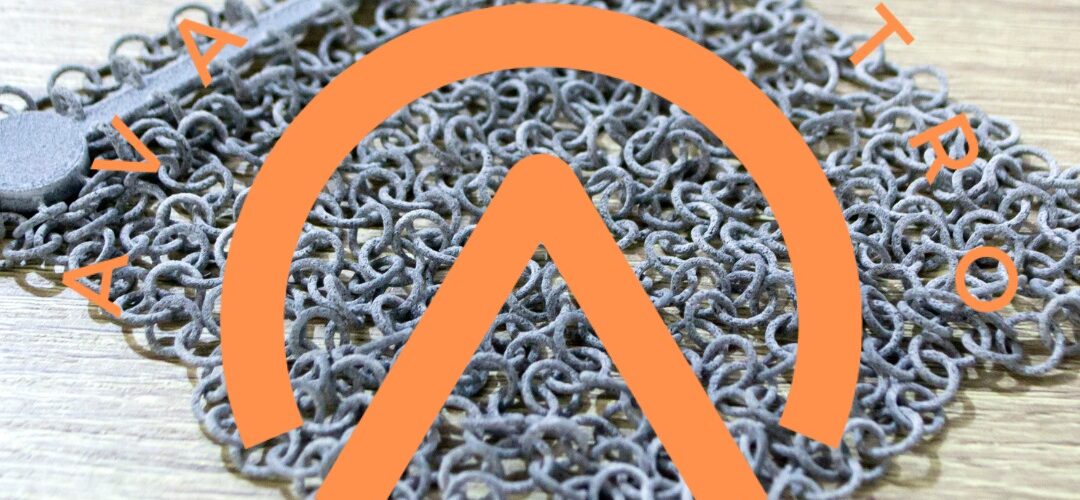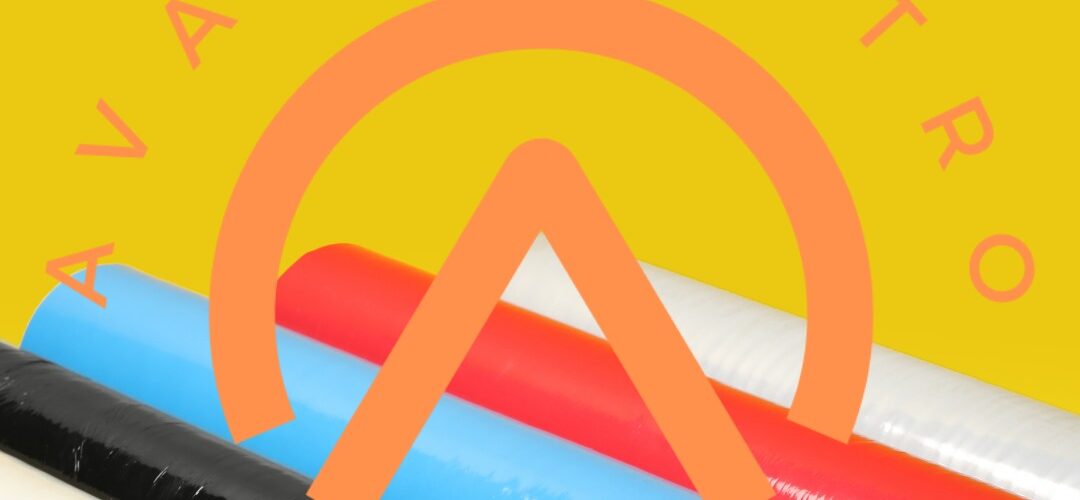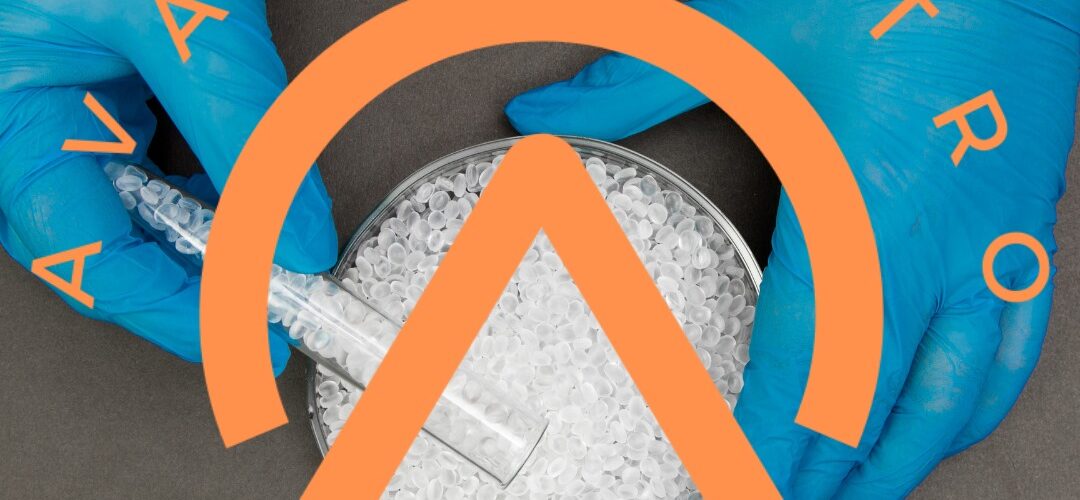Unleashing the Power of Polymer Structures: Enhancing Impact Resistance
Introduction: Understanding Polymer Structures
In the realm of material science, the utilization of polymer structures has revolutionized industries, offering a plethora of benefits across various applications. These versatile compounds, characterized by long chains of repeating units, exhibit remarkable properties that have propelled advancements in fields ranging from engineering to medicine.
The Quest for Impact Resistance
Exploring the Need
In industries where structural integrity is paramount, such as automotive, aerospace, and construction, the quest for enhanced impact resistance is ceaseless. The ability to withstand external forces without compromising functionality is not merely a desirable trait but a fundamental requirement for safety and longevity.
Addressing Limitations
Traditional materials, while offering certain degrees of durability, often fall short when subjected to high-impact scenarios. This limitation necessitates the exploration of innovative solutions to bolster resilience and mitigate the risks associated with structural failure.
Introducing Polymer Structure Additives
A Paradigm Shift
Enter polymer structure additives, a groundbreaking innovation poised to redefine the landscape of impact-resistant materials. These additives, meticulously designed and engineered, serve as catalysts for fortifying polymer matrices, endowing them with unparalleled toughness and durability.
Harnessing Synergies
By integrating polymer structure additives into existing formulations, manufacturers can augment the inherent properties of polymers, effectively enhancing their ability to withstand external forces. This synergistic approach unlocks a new realm of possibilities, enabling the creation of materials that surpass conventional standards.
The Science Behind Impact Resistance Enhancement
Molecular Reinforcement
At the heart of polymer structure additives lies a sophisticated mechanism of molecular reinforcement. Through strategic bonding and alignment, these additives reinforce the polymer matrix, creating a network of interlocking chains that resist deformation under stress.
Toughening Mechanisms
Furthermore, polymer structure additives leverage various toughening mechanisms, including crack deflection, energy dissipation, and microstructural reinforcement. By dispersing energy and impeding crack propagation, these mechanisms effectively enhance the material’s ability to absorb impacts without fracturing.
Applications Across Industries
Automotive Engineering
In the automotive industry, where safety is paramount, the integration of polymer structure additives has revolutionized vehicle design. From impact-absorbing bumpers to shatter-resistant windshields, these advanced materials enhance passenger safety while reducing vehicle weight and improving fuel efficiency.
Aerospace Innovation
In aerospace applications, where reliability is non-negotiable, polymer structure additives play a crucial role in enhancing the performance of critical components. From aircraft fuselages to spacecraft hulls, these materials withstand extreme conditions and ensure the integrity of vital systems.
Construction Excellence
In the realm of construction, where resilience is essential for structural stability, polymer structure additives offer unparalleled advantages. Whether in the form of impact-resistant coatings or reinforced concrete, these materials extend the lifespan of infrastructure while minimizing maintenance costs.
Conclusion: Embracing a New Era of Durability
In conclusion, the integration of polymer structure additives represents a paradigm shift in the pursuit of impact resistance. By harnessing the power of molecular engineering, these innovative compounds enable industries to surpass traditional limitations and embrace a new era of durability and reliability.
Written by Emir Narin









